
PARKS
01-03-2021 di redazione
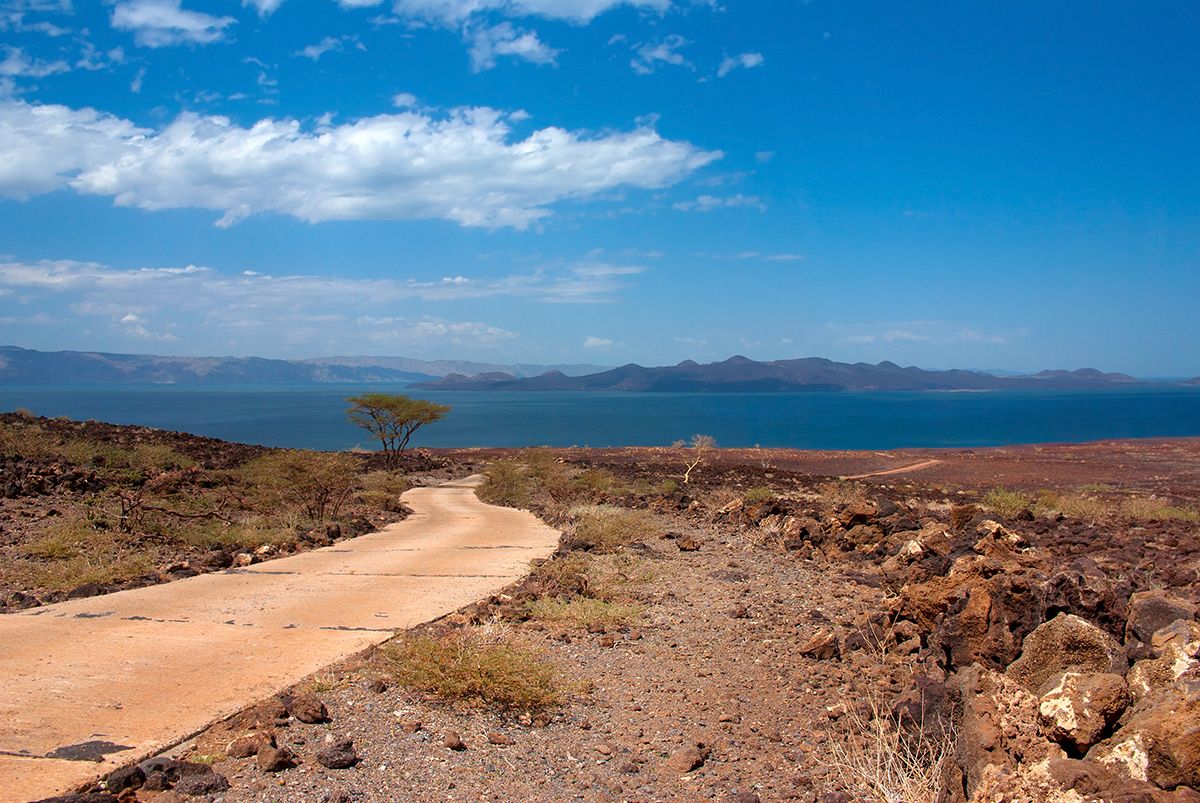
In 1972, the Kenyan Government declared the area east of Lake Turkana, between the Tulor Bor River to the north and Allia Bay to the south, a national park under the name Sibiloi.
Sibiloi National Park stretches for about 20 km on the eastern shores of Lake Turkana and for over 50 km from north to south, encompassing more than 1000 square kilometres of land formed mainly by layers of sedimentary rocks and volcanic ash and other breathtaking landscapes.
The area is characterised by a semi-desert habitat and open plains flanked by volcanic formations including Mount Sibiloi, where the remains of a petrified forest believed to be some 6 million years old can be seen.
One of the park's main attractions is Lake Turkana, which is not only the most saline of Africa's great lakes but also the largest permanent desert lake in the world.
Turkana is an exceptional laboratory for the study of plant and animal species. The park serves as a stopover for migratory waterfowl and is an important breeding ground for the Nile crocodile, hippopotamus and a variety of venomous snakes as well as 350 varieties of water and land birds.
The geological features and proximity to Lake Turkana make Sibiloi Park a pristine and unique site for the preservation of prehistoric fossils and artefacts, concentrated in the area of the Koobi Fora peninsula.
Numerous palaeontological discoveries have been made at Koobi Fora, and these discoveries have proved fundamental to understanding the evolutionary history of the human species.
The first person to realise the palaeontological importance of Koobi Fora was Richard Leaky, and it is thanks to the various expeditions organised after his 'discovery', in which extraordinary fossil finds were unearthed, that palaeontologists were able to reconstruct the complex enigma of human evolution more and more precisely.
Initially, numerous remains of Australopithecus Robustus were found, followed by fossil remains attributed to Homo Habilis and Homo Erectus. Other ground-breaking fossil finds included the remains of a 3-million-year-old giant tortoise, the skeleton of an elephas recki - a pachyderm ancestor, and a 45-foot-long crocodile called "Behemoth" (there are more than 100 archaeological sites).
The impeccable treasure trove of human history is complemented by a spectacular variety of flora, such as commiphora, euphorbia and desert rose forests.
The site is surrounded by communities with very rich and unspoilt traditional cultures: the Turkana, the Gabra and the Dassanach. During the extreme dry season it is possible to encounter other nomadic tribes such as the Samburu and Rendille in the surrounding areas.
How to get there:
Sibiloi Park is located about 800 km north of Nairobi.
By air: Commercial flights operate from Lodwar airstrip.
Other runways operate at Marsabit, Loiyangalani, Kalokol and North Horr.
The main entrance gate is Karsa gate, other secondary gates are Allia bay and Koobi fora.
The park is a three-day drive from Nairobi via Marsabit and North Horr, or Maralal and South Horr, alternatively, one can travel by road from Nairobi to Kalokol, on the western shores of the lake, via Kitale and Lodwar. Travelling by convoy is recommended.
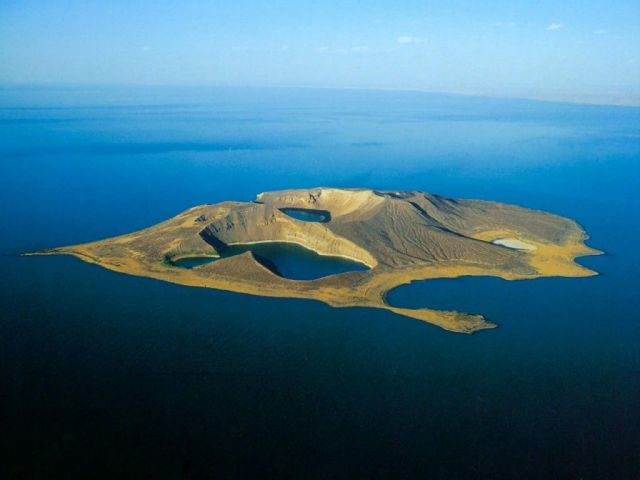
Lake Turkana, also called the Jade Sea because of the remarkable, almost incandescent colour of its waters, which appear surprisingly blue and...
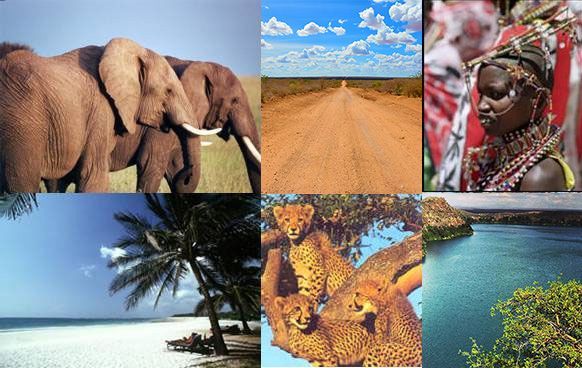
One entry for each letter of the alphabet is certainly not enough to contain all the wonders and peculiarities of a unique and varied country like Kenya.
Cradle of humanity, a place that more than any other personifies the so-called...
PLACES
di redazione

Lake Logipi is a minor lake in the northern Rift Valley, at the northern end of the arid Suguta Valley, one of the hottest places on earth, nicknamed 'The Valley of Death'...
PLACES
di redazione

The Park of Lake Jipe, on the border between Kenya and Tanzania, but also accessible from the asphalt road that leads from you to Taveta, is a fantastic place where you can see....
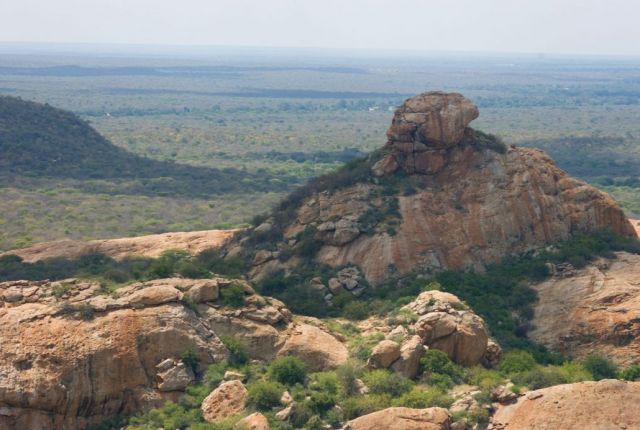
Kora National Park is one of the national parks in the coastal region of Kenya. It covers an area of 1,7800sq km along the banks of the Tana River, 125km east of Mount Kenya.
PLACES
di redazione
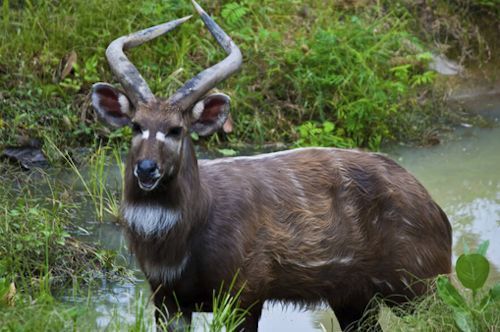
If you want to admire the rare aquatic antelope Sitatunga, there is only one park in Kenya where you can go, and it is the smallest in the whole country.
It is the Saiwa National Park, near Kitale, in the...
PARKS
di redazione

Amboseli National Park is undoubtedly one of Kenya's most popular parks, and we can agree that the reason for its fame is Mount Kilimajaro, which stands out as a stunning backdrop, visible from every point in the park.
Covering an...
di redazione
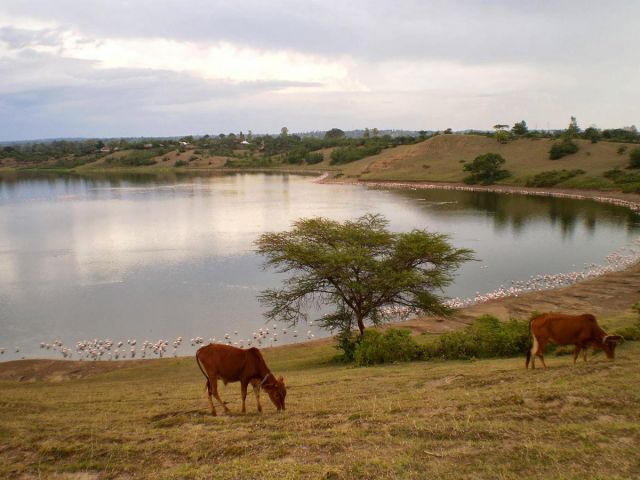
In the Luo dialect it means "the sunken village", the "Simi Nyaima" is a wonderful little volcanic lake in the Karachuonyo area of western Kenya, not far
PLACES
di redazione
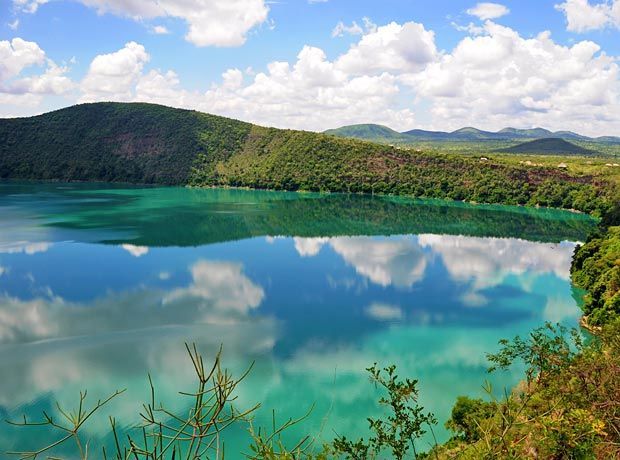
Few people know Lake Chala.
Located half in Kenya and the other half in Tanzania, under Kilimanjaro, between the towns of Taveta and Loitokitok, Chala is a crater four square kilometers in diameter surrounded by greenery.
NATURE
di redazione

The small and beautiful Lake Kamnarok is at risk of drying out and crocodiles are the first to suffer. Now a European project is trying to save it and restore it to its former glory.
PLACES
di redazione
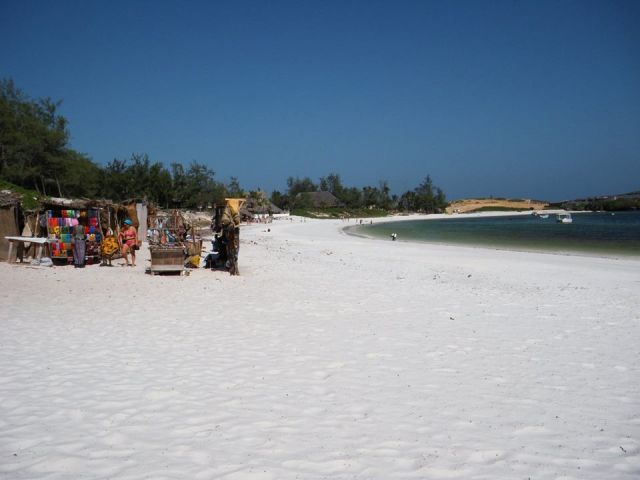
Watamu may seem at first glance to be one of the many villages on the African coast, consisting simply of a small cluster of hotels, a strip of private houses on the beach, a cluttered and poor village shaded by...
PLACES
di redazione
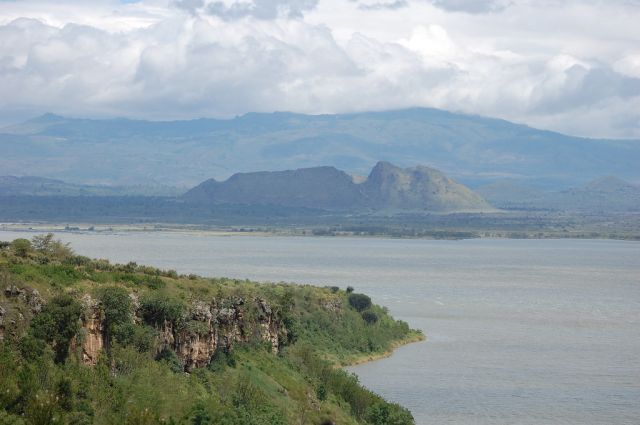
Located between Lakes Naivasha and Nakuru, however small, Lake Elmenteita (also known as Elemantaita) is one of the most important in the Great Rift Valley in Kenya, as it is the breeding and feeding ground for many rare and endangered...
NATURE
di redazione
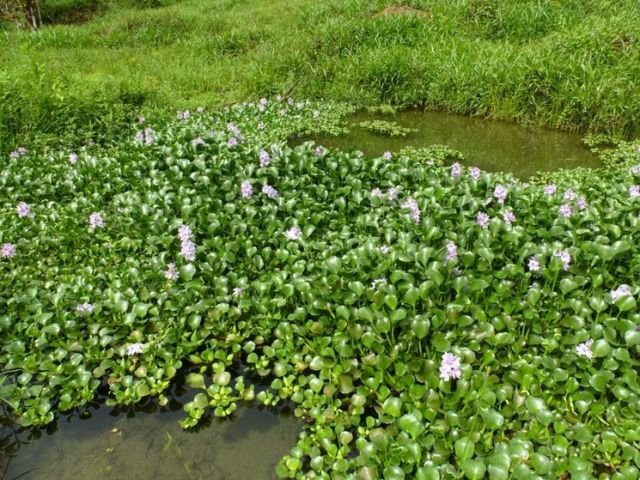
Freeing lakes from a weed that restricts fish reproduction and at the same time creating biofuel to limit the use of charcoal in rural kitchens.
This is a Kenyan initiative that simultaneously safeguards the environment, trade and the health of...
NEWS
di redazione
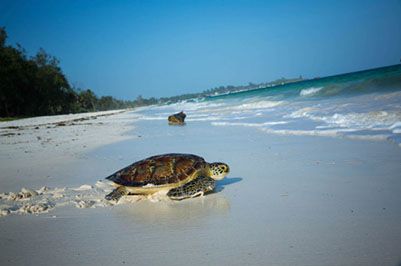
Kenya was included in the five countries to visit in 2017 for an eco-conscious holiday by two of America's most important industry operators.
G-Adventure and Intrepid Travel have cited Kenya as one of the most interesting and growing countries in...
PRODUCTS
di redazione

The silver cyprinid is a small freshwater fish with a silvery colour and lustre that can grow to a maximum length of 9 cm.
Also known as the Lake Victoria sardine, in Kenya it is called...